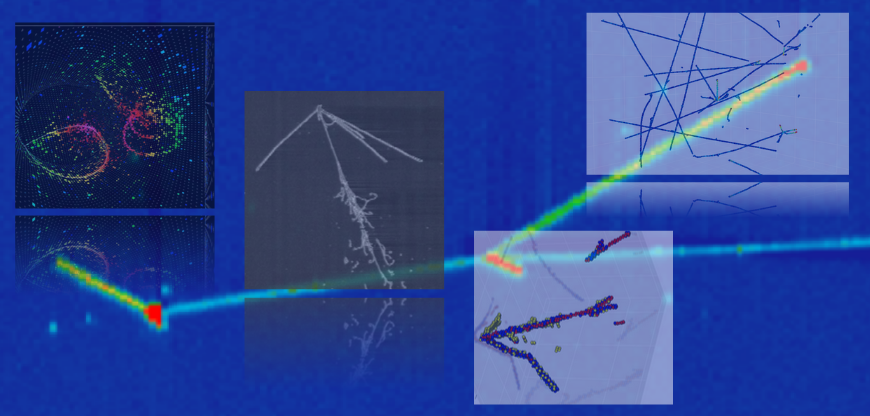Characterizing the astrophysical neutrino flux with the IceCube Neutrino Observatory traditionally relies on a binned forward-folding likelihood approach. Insufficient Monte Carlo (MC) statistics in each bin limits the granularity and dimensionality of the binning scheme. A neural network can be employed to optimize a summary statistic that serves as the input for data analysis, yielding the...
The IceCube Neutrino Observatory issues a variety of real-time alerts that identify high-energy neutrino events with a high probability of astrophysical origin. These alerts rely on rapid reconstruction of the incident particle's direction and energy, enabling follow-up observations by other telescopes and observatories in the context of multi-messenger astronomy. Traditionally, reconstruction...
The KM3NeT collaboration is building two neutrino telescopes in the Mediterranean Sea: ORCA for low-energy oscillation studies and ARCA for the detection of high-energy astrophysical neutrinos. Both detectors are three-dimensional arrays of photomultiplier tubes that record Cherenkov light from secondary particles produced in neutrino interactions. High-level variables - such as the...
Baikal-GVD is a large-scale underwater neutrino telescope in Lake Baikal designed to study the properties of high-energy neutrinos. In this talk, I will present the neural-network–based data processing chain currently under development for Baikal-GVD data analysis. This pipeline addresses the following goals: suppression of extensive air shower background, rejection of optical module...
This report presents a neural network–based approach for the Baikal-GVD experiment to separate neutrino-induced events from background events caused by extensive air showers (EAS). Two Transformer encoder models were developed for different stages of the data processing pipeline. The first, trained on Monte Carlo simulated raw optical module hits with spatial, temporal, and charge information,...
Graph neural networks (GNNs) have proven to excel at Cherenkov detector event reconstruction, where the signal is sparse, varying in size, and non-euclidian in structure. For the European Spallation Source Neutrino Super Beam (ESSnuSB) - which aims to measure CP-violation in the leptonic sector with an accuracy less impaired by systematic uncertainties than other proposed experiments - we have...

